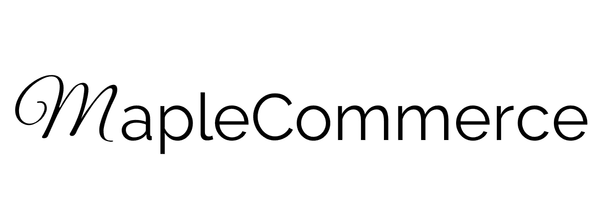Focus on the Topic, Not Just Keywords: Semantic SEO centres on creating content for an entire topic, not just a single keyword. This means publishing content for multiple semantic keywords that cover all angles of a query.
The topical map serves as a foundational strategic blueprint that structures a website's content around a central theme, moving from broad concepts to granular details.
Satisfy All User Intent: The content should answer not only the immediate question a user has, but also all related questions they might have after reading the initial content. This holistic approach increases user experience.
Reduce "Cost of Retrieval" for Search Engines: A key objective is to make your content easier and cheaper for search engines to process and understand, thereby lowering their computational effort to rank it. This is achieved by providing semantically organised information.
Build Comprehensive Expertise: Instead of just ranking for individual keywords, the goal is to prove comprehensive expertise and value on a specific topic over time. This involves closing the "information gap" rather than just the "keyword gap".
Communicate with the Search Engine: Emphasise thinking like an engineer and a "search philosopher" to communicate directly with the search engine's algorithms. This involves giving consistent, continuous, semantic optimization signals to build trust.
Optimise for E-E-A-T Signals: Topical authority is a strong E-E-A-T (Experience, Expertise, Authoritativeness, Trustworthiness) signal. The aim is to provide factual information from writers with experience, expertise, authority, and trustworthiness on their topic.
Start by clarifying the five core components of your SEO strategy: Source Context (brand identity, monetization strategy, primary focus), the Central Entity (core topic that appears consistently across all articles), and the Central Search Intent (primary user goal that unifies the source context with the central entity). These are further organised into Core Sections (directly tied to monetization) and Outer Sections (broader topics augmenting historical data and relevance)
Subscribe to our newsletter
AI to ROI - Get actionable insights, tested strategies, and real-world case studies direct to your inbox.
Latest
More from the site
AI Prompt Engineering Markup Best Practices
When crafting prompts for AI systems, clear markup and structure significantly improve the quality and consistency of responses. Here's a progression from basic to advanced techniques: Basic Text Form
Read post
How to run Facebook Ads in 2025
Okay, so you want to know the right way to do Facebook ad campaigns in 2025? This is a cracking question, and frankly, it's constantly evolving, but there are some absolute game-changers and core prin
Read post
The Complete Guide to Prompt Engineering Markup
A Self-Referencing Tutorial with Live Examples Meta-note: This tutorial demonstrates prompt engineering techniques by using them in its own construction. Each technique is explained and immediately ex
Read post
